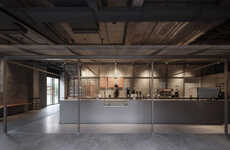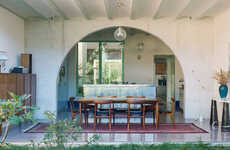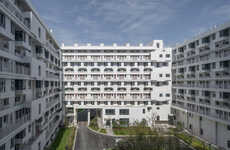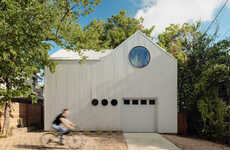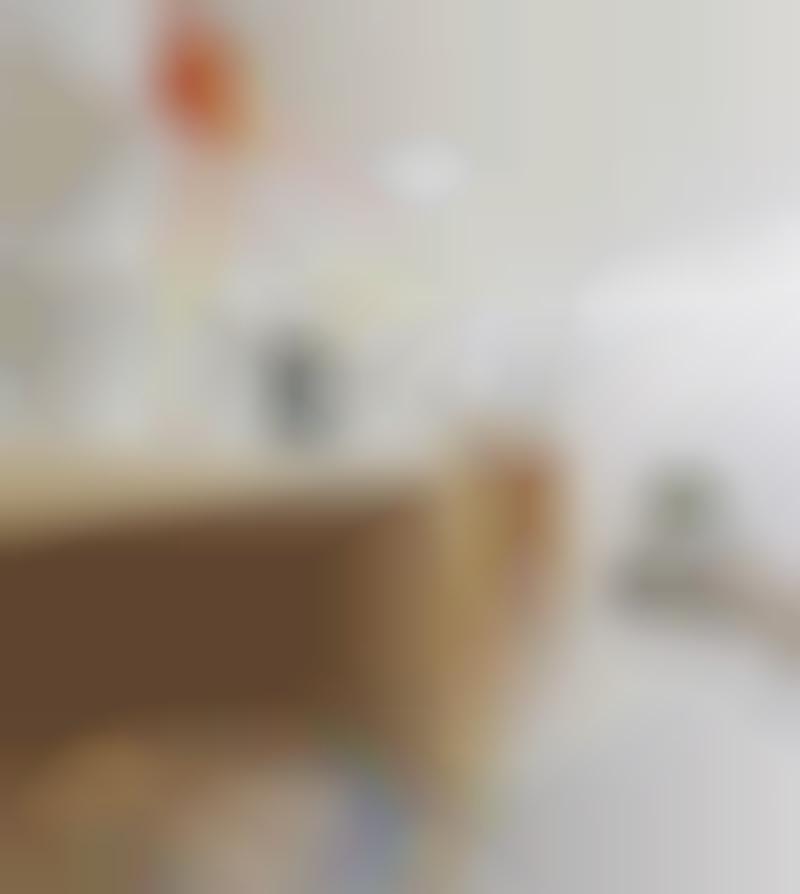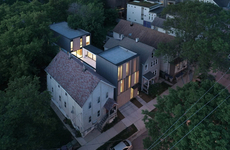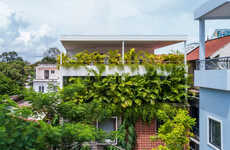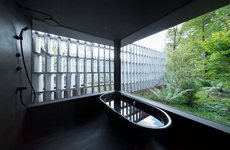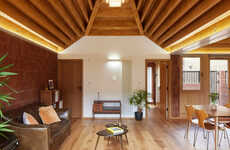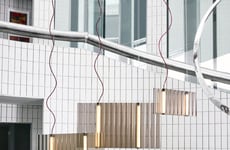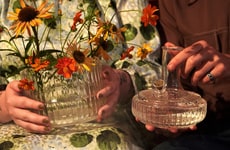
BLUE Architecture Studio's Residence Design is Between a Wall and a Tower
Joey Haar — November 25, 2016 — Art & Design
BLUE Architecture Studio's design for a house in Dengshikou, China, maximizes the space in a confined urban agglomeration. The house is built in a 'hutong,' which is a narrow alleyway that is common to cities in northern China.
Hutongs arose historically as the spaces between courtyard residences, with the most notable city to feature hutongs in its urban planning being Beijing. As urban populations have continued to grow, architects and planners have had to find creative ways to make use of space, and BLUE Architecture Studio's hutong house is an example of that.
The house is built in the narrow space between an old hutong wall on one side and a two-storey building on the other. The residence forms an 'L' between this figurative rock and hard place, giving it enough room for a family of six.
Hutongs arose historically as the spaces between courtyard residences, with the most notable city to feature hutongs in its urban planning being Beijing. As urban populations have continued to grow, architects and planners have had to find creative ways to make use of space, and BLUE Architecture Studio's hutong house is an example of that.
The house is built in the narrow space between an old hutong wall on one side and a two-storey building on the other. The residence forms an 'L' between this figurative rock and hard place, giving it enough room for a family of six.
Trend Themes
1. Maximizing Space in Urban Agglomerations - Designing structures that make optimal use of limited space in crowded urban areas.
2. Reviving and Utilizing Historical Urban Environments - Finding innovative ways to repurpose and adapt ancient architectural spaces for contemporary living.
3. Creative Housing Solutions in Dense City Centers - Developing unique residential designs that address the challenges of limited available space in highly populated urban areas.
Industry Implications
1. Architecture and Urban Planning - Opportunities for architects and urban planners to create innovative and space-efficient designs for urban environments.
2. Real Estate Development - Potential for developers to transform and optimize existing urban spaces by repurposing and revitalizing historical areas.
3. Interior Design and Furniture - Advancements in compact and multifunctional furniture tailored to maximize limited living spaces in densely populated cities.
4.1
Score
Popularity
Activity
Freshness

